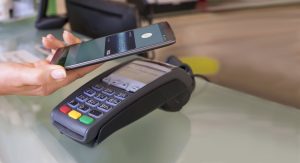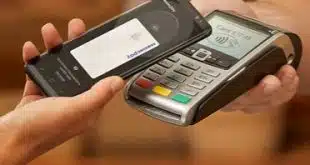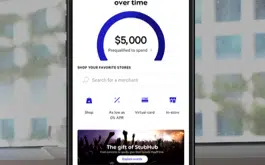The latest findings from a long-running survey of consumers’ payment choices show that new technology is driving a growing number of transactions, but overall usage patterns for credit cards, debit cards, and cash remain stable.
The simultaneously released 2016 and 2017 Surveys of Consumer Payment Choice from the Federal Reserve banks of Atlanta and Boston show that one-third of U.S. adults made a mobile payment in 2017 compared with only one-fourth in 2015. Consumers last year made an average of 5.6 online payments per month, which now account for 8% of all transactions. That’s a statistically significant increase from the 6.9% share online payments held in 2015, the researchers said.
Claire Greene, payments risk expert at the Atlanta Fed and co-author of the study with Joanna Stavins of the Boston Fed, isn’t surprised by those findings in light of the increase in e-commerce and the proliferation of smart phones. Not only do more people have smart phones, but “another factor would be people who have set up [apps and] become familiar with things they can do with their mobile phone,” she says.

Similarly, 52.1% of the approximately 3,000 consumers surveyed said that in 2017 they had a bank mobile app or a mobile app for Apple Pay, Android Pay (now Google Pay), Samsung Pay, Venmo, or other merchant or person-to-person payment service. That compares with only 40.4% in 2015.
Virtual currencies, however, as of last year were barely a blip on the payments screen. Some 0.7% of consumers reported having them, though that was up from 2015’s adoption rate of 0.6%. While countless prognosticators believe virtual currencies represent the future of payments, drawing inferences from current adoption rates is virtually impossible. “You can’t do any statistical analysis on a group that is that small,” says Greene.
Now in its 10th year, the latest payment-choice study found that debit cards, cash, and credit cards remain the three most popular payment forms. Debit cards accounted for 31.8% of monthly payments in 2017, cash for 27.4%, and credit cards for 23.2%. In 2015, debit cards’ payment share was 32.5% compared with 27.1% for cash and 21.3% for credit cards. The slight increase in cash usage from 2015-17 is not statistically significant, the report says.
“Payments behavior is a habit, and like a lot of other habits doesn’t change particularly quickly,” Greene says.
Prepaid cards accounted for 2.1% of monthly payments last year, up from 1.6% in 2015. Checks continued their long-term decline, accounting for 5.6% of consumer payments in 2017 from 6.5% two years earlier.




